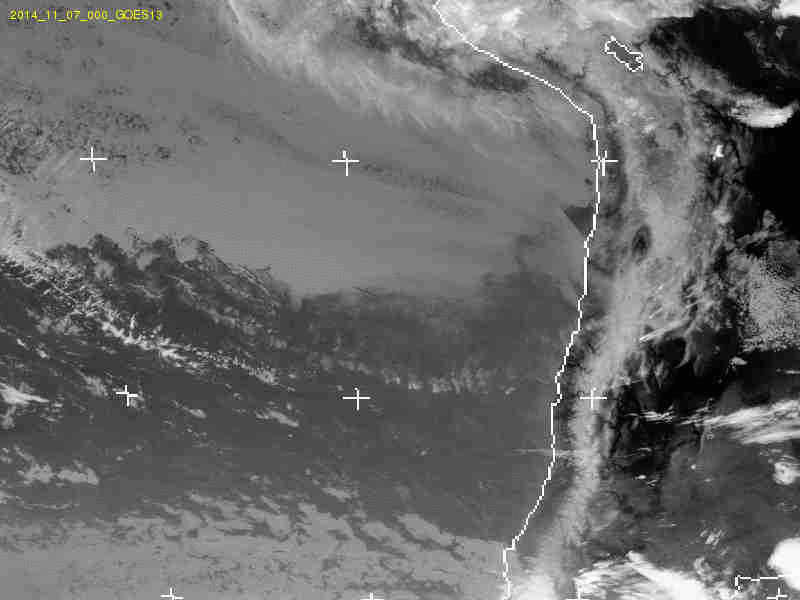January 28, 2016 IFA News
New observations made with the Atacama Large Millimeter/submillimeter Array (ALMA) of the disk that surrounds a young star, less massive than the Sun, confirm theories about the interaction between recently formed planets and disks. A team of astronomers led by Héctor Cánovas from Universidad de Valparaíso and the Millennium ALMA Disk Nucleus (MAD) observed the dust ring possibly sculpted by planets in formation around the star Sz 91, at a distance roughly 650 light years from Earth. “The sharp image from ALMA shows a ring around the young star. And it is a surprisingly large ring, over three times the size of Neptune's orbit (a radius of approximately 110 astronomical units (AU)” explains Héctor Cánovas.
This is part of the news published yesterday, January 27 on the ALMA Observatory website.
“The results of this investigation show that Sz91 is a highly important protoplanetary disk for the study of planetary formation, planet-disk interactions, and the evolution of these disks around stars of lower mass, as Sz91 shows evidence of all these processes simultaneously,” concludes Matthias Schreiber, coauthor of the study. and a member of the Instituto de Fisica y Astronomía of the Universidad de Valparaíso. Credits image: ALMA (ESO/NAOJ/NRAO), Mark Garlick
Associated links: Read all the details about this news item on the ALMA Observatory webpage - El Mercurio de Santiago - El Mercurio de Valparaíso






